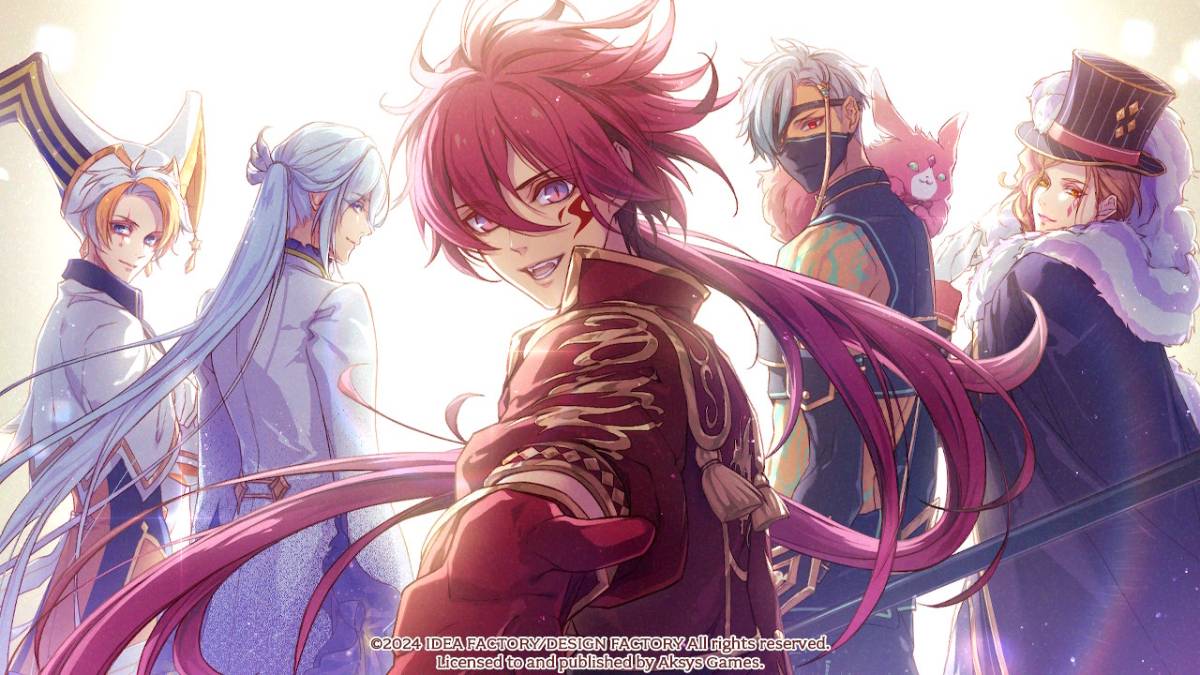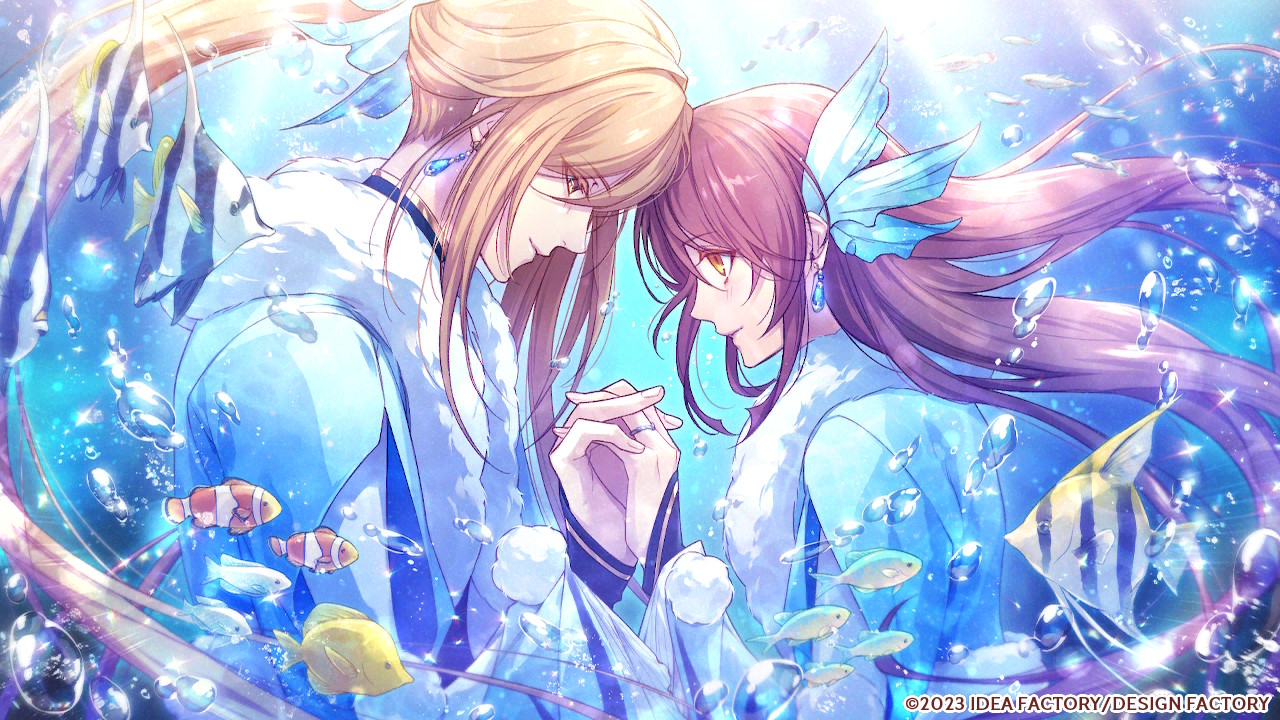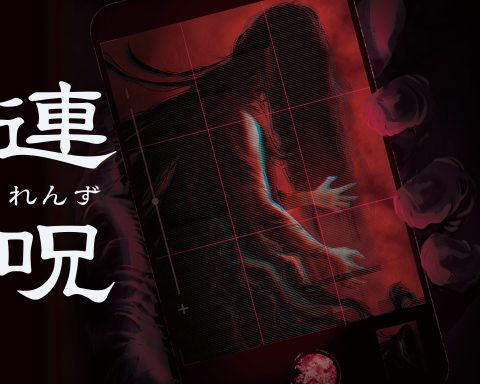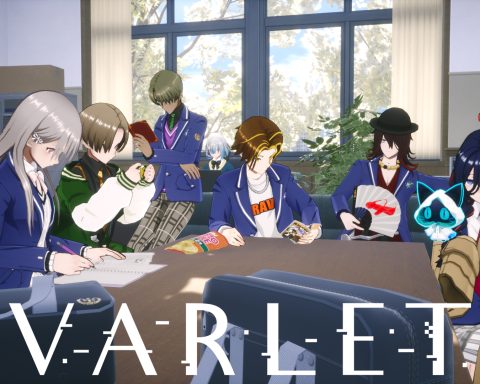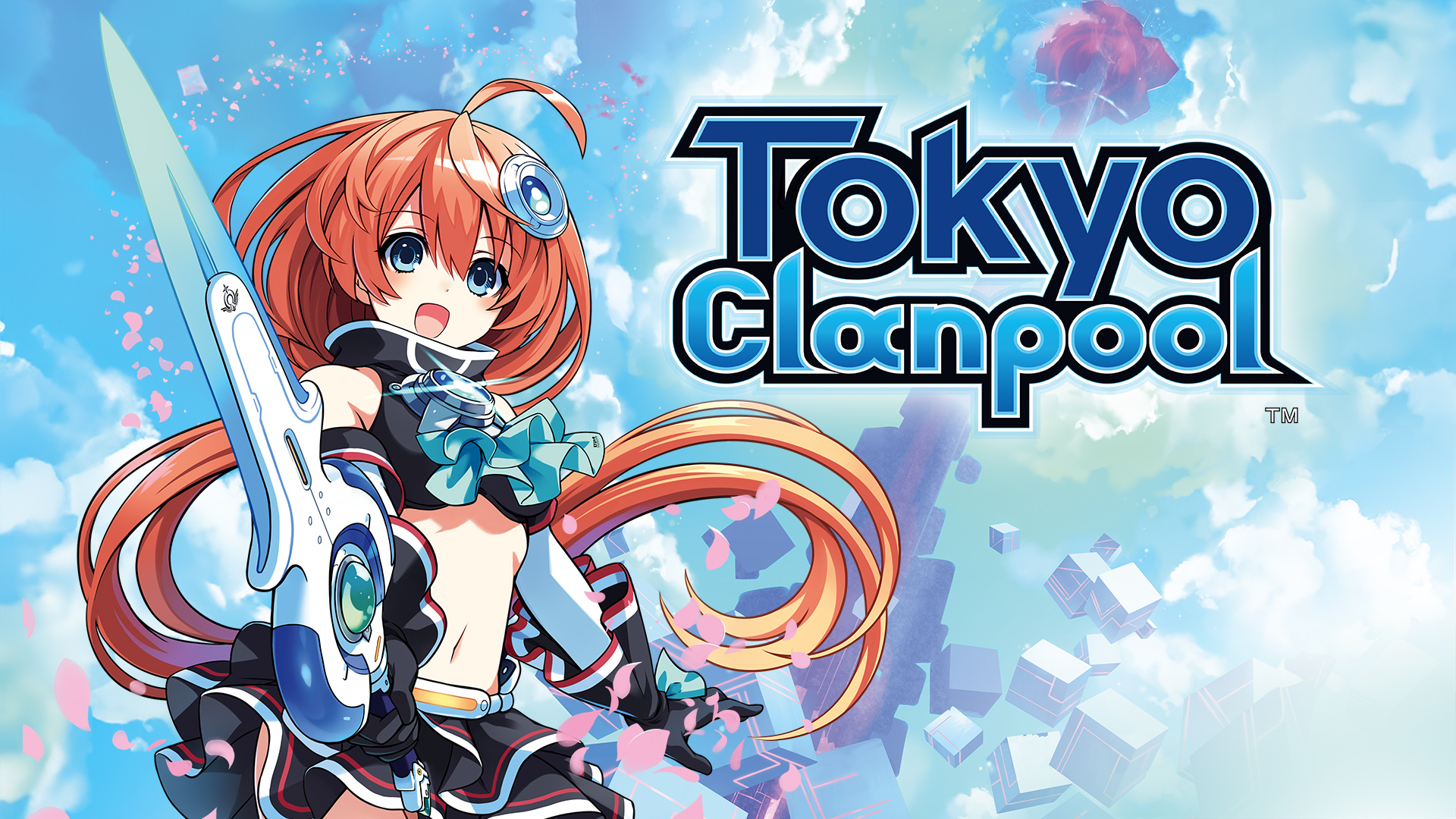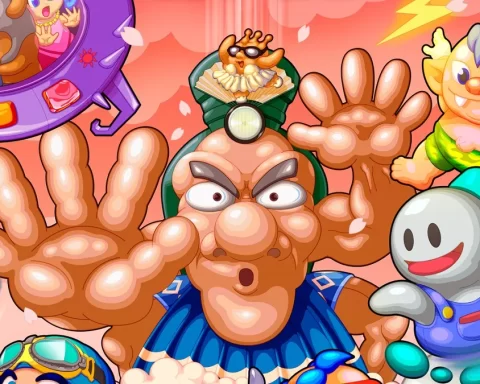I’m consistently surprised that these “fandisc sequels” to popular otome games get localised. Just recently we saw one for Cupid Parasite, and now there’s one for the excellent Radiant Tale. I would think that given how niche otome titles are, sequels to those otome titles would have an even more diminishing audience, and I really wonder just how profitable the mammoth localisation effort that goes into them can subsequently be. With that said, it’s not really my job to analyse the commercial viability of these things. What does matter is that Radiant Tale – Fanfare! is a wonderful opportunity to hang out with a wonderful bunch of characters again, and whether it’s profitable or not I’m glad Aksys gave us the chance to dip back into the well.
There’s no way around this: You do have to have played the original Radiant Tale to properly enjoy Fanfare!. Interestingly, there is a greater effort upfront to summarise the base game than most “fandisc sequels” get. As someone who has played so many visual novels that elements of them get smashed up together in my brain, I did appreciate the quick refresher for context. But without having experienced the characters and the relationships that develop through that original VN, there really is no reason to even bother trying to dig into this. You might be able to follow the plot, but you’re simply going to be cold on why it’s so great that you’ll get to spend more time in the world.
For those who did play the original, then there’s a lot to look forward to on the fandisc. New storylines involve two great characters (Jinnia and Liyan) that didn’t get enough air time the first time around, and there are also extensions to all the narrative arcs of the five original boys.
You’ll also be able to enjoy stories that are extensions of both the “normal” and “happy” endings from the base game, so right up front there’s a lot of narrative content and no matter who your favourite character is, you’re well covered here. To support all these stories, there’s a bunch of new art, and it’s all of the same very high, absolutely wonderful standard. Radiant Tale sits firmly on the more whimsical end of the otome spectrum – it is effectively about a circus troupe that saves the world by bringing joy to it, after all – and it offers a truly vibrant setting that is explored beautifully through the art.
There is one thing that is disappointing about Fanfare!. It’s not necessarily the developer’s fault, but rather a consequence of the storytelling, however, it does mean that the fandisc isn’t quite as wonderful as the original story. The original Radiant Tale was a coming-of-age story, or bildungsroman, and independently of the romance and pretty boys, Tifalia’s story was a joyful one to experience. As I wrote in my review of the original:
“Before joining the troupe, Tifalia was a sheltered orphan working in (and content with her lot) the inn that her guardian owns. It’s a simple and humble life, and presented as an idyllic one where Tifalia is looked after well, but she is also largely ignorant of the world as a result, and far too comfortable in that ignorance despite being a bright soul. She needs a push, in other words, and her guardian sees the troupe and their job offer as the perfect opportunity. And so her guardian gives her that one last push, and Tifalia is thrust into a world of high adventure, magic, and even dragons.”
It should go without saying that by the time the plot of Fanfare! rolls around, Tifalia is no longer the young, wide-eyed girl experiencing the world for the first time. Now she and the troupe have changed it for the better (they have successfully woken the prince from his endless slumber, in other words – I know that’s a spoiler, but you’ve had years to play the original game). There’s a new lot of good they can do for the world, and the relationship between Tifalia and the boys continues to develop, but Tifalia herself is no longer having a coming-of-age experience.
What the developers have done with her character here is maintain her naivety (which isn’t as believable this time), and ratchet up the sweetness of the story to “sticky, sugary sweet.” It is genuinely enjoyable and I would expect that anyone who would even consider buying this sequel is deeply in love with the characters and that sweetness is, therefore, exactly what they wanted. But it’s a dictionary definition of fan service, rather than something meaningful to turn you into a fan in the first place.
However, if you take Radiant Tale – Fanfare! as professional-grade fanservice to simply have fun with, it’s difficult to be disappointed with it. After all, as I noted with Radiant Tale, this is one of Idea Factory’s more charming and enjoyable visual novels in recent years, and as the saying goes “a little is good, and more is better!”
